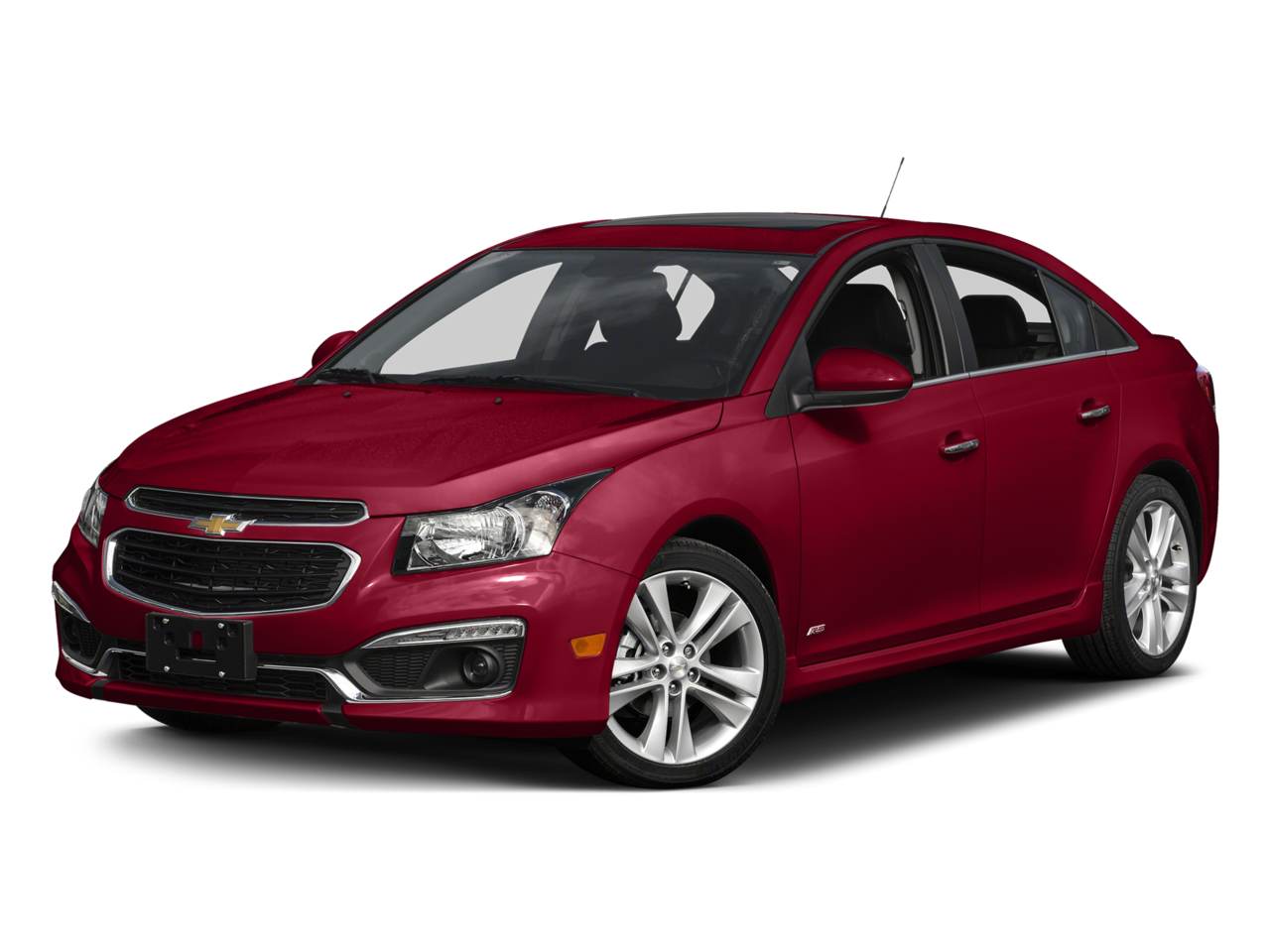

The construction was officially transferred to the right bank in a decree of Empress of Russia Catherine II of 23 January 1784. He wrote "The provincial city called Yekaterinoslav should be the best convenience on the right side of the Dnieper River near Kaydak." (Which referred to New Kodak ). This name was first mentioned in a report to Azov Governor Vasily Chertkov to Grigory Potemkin on 23 April 1776.

Also on the territory of Modern Dnipro, the Russian Empire founded Yekaterinoslav ( the glory of Catherine). The original name of a Ukrainian Cossack city on the territory of modern Dnipro was Novyi Kodak (New Kodak). Following the Russian invasion of Ukraine in February 2022, Dnipro rapidly developed as a logistical hub for humanitarian aid and a reception point for people fleeing the various battle fronts. As a result of decommunization, the city was renamed Dnipro in 2016. After World War II, this included nuclear, arms, and space industries whose strategic importance led to Dnipropetrovsk's designation as a closed city.įollowing the Euromaidan events of 2014, the city politically shifted away from pro-Russian parties and figures towards those favoring closer ties with the European Union. Renamed Dnipropetrovsk in 1926 after the Ukrainian Communist Party leader Grigory Petrovsky, it became a focus for the Stalinist commitment to the rapid development of heavy industry. From the end of the nineteenth century, the town attracted foreign capital and an international, multi-ethnic, workforce exploiting Kryvbas iron ore and Donbas coal. Yekaterinoslav ("glory of Catherine") was established by decree of the Russian Empress Catherine the Great in 1787 as the administrative center of Novorossiya. The population of Dnipro is 968,502 (2022 est.) Īrcheological evidence suggests the site of the present city was settled by Cossack communities from at least 1524. It hosts the administration of Dnipro urban hromada. Dnipro is the administrative centre of Dnipropetrovsk Oblast. It is located in the eastern part of Ukraine, 391 km (243 mi) southeast of the Ukrainian capital Kyiv on the Dnieper River, after which its Ukrainian language name is derived. There’s also the Lancia Flavia – the first Italian car equipped with front-wheel drive and four-wheel disc brakes – as well as Fiat’s 500 Topolino, 600, Panda and Uno, all of which offered affordable, but enjoyable, motoring.Dnipro, formerly Dnipropetrovsk (1926–2016), is Ukraine's fourth-largest city, with about one million inhabitants. As the first car in the world to be based on a supporting unibody (meaning chassis and body form a single structural component), the Lambda is arguably the forefather of all modern cars and their monocoque shells. In the Archistars section are examples of some of the most functional models in FCA’s history, and the Lancia Lambda is a perfect example. The collection covers 15,000 square metres (roughly the size of two football pitches) and features models from the 100-year period between 19, with 64 of the most interesting cars divided into eight thematic sections. As well as offering guided tours and maintaining a treasure trove of Italian motoring history, the Hub allows owners of classic FCA models to have their cars certified, or restored with original parts.


 0 kommentar(er)
0 kommentar(er)
